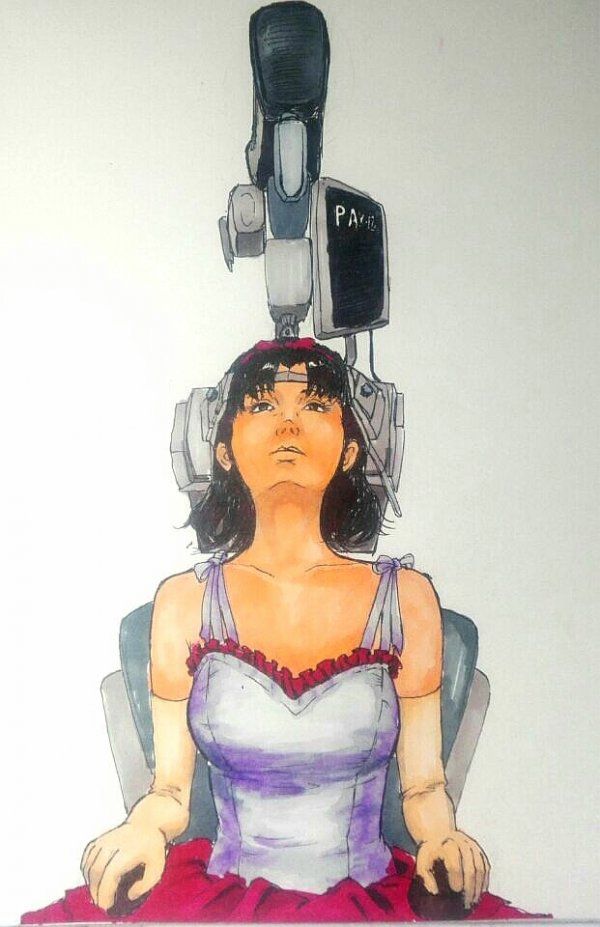Transcranial magnetic stimulation delivers magnetic pulses to the patient's brain
Americans spend billions of dollars a year on antidepressants, but the National Institutes of Health estimates that these drugs work only for 60% to 70% of the population. In addition, according to the World Health Organization, the number of people with depression has increased by 18% since 2005.
The Seymour Institute of Neuroscience and Human Behavior at the University of California, Los Angeles (UCLA) is one of many hospitals and clinics in the United States that offers treatments that are fundamentally different from other drugs. This technique, called transcranial magnetic stimulation (TMS), delivers a directional magnetic pulse into the patient's brain, similar to a computer rewiring.

Credit: Omelette Artist PAX-12
TMS has been approved by the US Food and Drug Administration (FDA) for the treatment of depression, which is difficult to treat, and UCLA researchers say it has not been fully utilized.
But the new instrument that will be launched this summer promises to make more people available for this treatment.
Dr. Ian Cook, director of the UCLA Depression Research and Clinical Program, said: "We are actually changing the way the brain circuits are arranged and how they communicate with each other. The brain is an amazingly variable organ. In fact, whenever people learn something new Something, the brain will have some detectable physical changes."
Nathalie DeGravel, 48, a resident of Los Angeles, has tried a variety of drugs and different treatments, not to mention turning to her many depressions for her depression, until one day she heard about magnetic stimulation. She had a discussion with her psychiatrist earlier this year and was happy to find UCLA.
Within a few weeks, she noticed that the back pain that had been experienced all the time began to diminish, and soon after, depression began to subside. DeGravel said she is now more "wisely" able to cope with the daily struggles in life, feel more resilient, and be able to do more things around her home. She even updated her resume to find a job for the first time in years.
In TMS treatment, the patient sits on a sloping chair, similar to the one in the dental office, where a technician places the magnetic actuator on the patient's head at a predetermined location based on brain imaging calibration.
Operating Room Products,Surgical Adhesive Drape Sheet,Safety Surgical Gowns,Custom Banded Bags
Zhende Medical Co.,Ltd , https://www.zhendemedicals.com